Mint Plant Seedlings
- Estimated Delivery : Up to 4 business days
- Free Shipping & Returns : On all orders over $200
Mint Plant Seedlings: A Guide to Growing Fresh Mint at Home
Mint is one of the most popular and versatile herbs, known for its refreshing aroma and flavor. Whether you want to grow mint for culinary uses, as a natural remedy, or simply to enjoy its vibrant green leaves, starting with mint plant seedlings is a great choice. Here’s everything you need to know about mint seedlings and how to care for them.
Why Choose Mint Seedlings?
Mint seedlings offer a head start in your gardening journey, allowing you to skip the germination phase and go straight to planting. This means you can enjoy fresh mint leaves much sooner. Mint is a hardy plant that thrives in various environments, making it an ideal choice for both novice and experienced gardeners.
How to Plant Mint Seedlings
- Choose the Right Location: Mint prefers partial shade to full sun. If you’re growing it indoors, place the seedlings near a sunny window. Outdoors, select a spot that receives morning sunlight and afternoon shade.
- Prepare the Soil: Mint thrives in well-drained, fertile soil with a pH between 6.0 and 7.0. Enrich the soil with compost or organic matter to ensure healthy growth.
- Planting Depth and Spacing: Dig a hole deep enough to accommodate the seedling’s root ball. Space the seedlings about 18-24 inches apart, as mint tends to spread and can quickly overtake other plants.
- Watering: Keep the soil consistently moist but not waterlogged. Mint has a high water requirement, especially during dry periods. Water the seedlings regularly to keep them hydrated.
- Mulching: Apply a layer of mulch around the base of the seedlings to retain moisture and suppress weeds.
Caring for Mint Seedlings
- Fertilizing: Mint doesn’t require heavy fertilization. A balanced, all-purpose fertilizer applied once a month will suffice. Avoid over-fertilizing, as this can lead to leggy growth and reduced flavor.
- Pruning: Regular pruning encourages bushier growth and prevents the plant from becoming too leggy. Pinch off the tips of the stems to promote new shoots.
- Pest and Disease Control: Mint is generally pest-resistant, but it can occasionally suffer from aphids, spider mites, or fungal diseases. Inspect the leaves regularly and treat any infestations with natural remedies like neem oil or insecticidal soap.
Harvesting Mint
Mint can be harvested as soon as the plant has enough leaves to sustain growth. The best time to harvest is in the morning when the essential oils are most concentrated. Simply snip the stems just above a pair of leaves, and the plant will continue to produce new growth.
Growing Mint Indoors
If you have limited outdoor space, mint can be successfully grown indoors in pots. Choose a wide, shallow pot to allow the roots to spread, and ensure it has drainage holes. Use a well-draining potting mix and place the pot in a location where it will receive plenty of sunlight.
Benefits of Growing Mint
- Culinary Uses: Mint leaves are perfect for adding flavor to teas, salads, desserts, and a variety of dishes.
- Medicinal Properties: Mint is known for its soothing properties, especially for digestive issues, headaches, and respiratory conditions.
- Aromatic and Aesthetic Appeal: The fresh scent of mint can help to purify the air, and its lush green foliage adds a beautiful touch to any garden or indoor space.
Conclusion
Mint plant seedlings are an excellent way to begin your herb garden, providing a quick and easy method to enjoy fresh mint year-round. With proper care and attention, your mint seedlings will flourish, offering you a bountiful harvest of this versatile and aromatic herb. Whether you’re a seasoned gardener or a beginner, mint is a rewarding plant to grow.
| Weight | 6 kg |
|---|

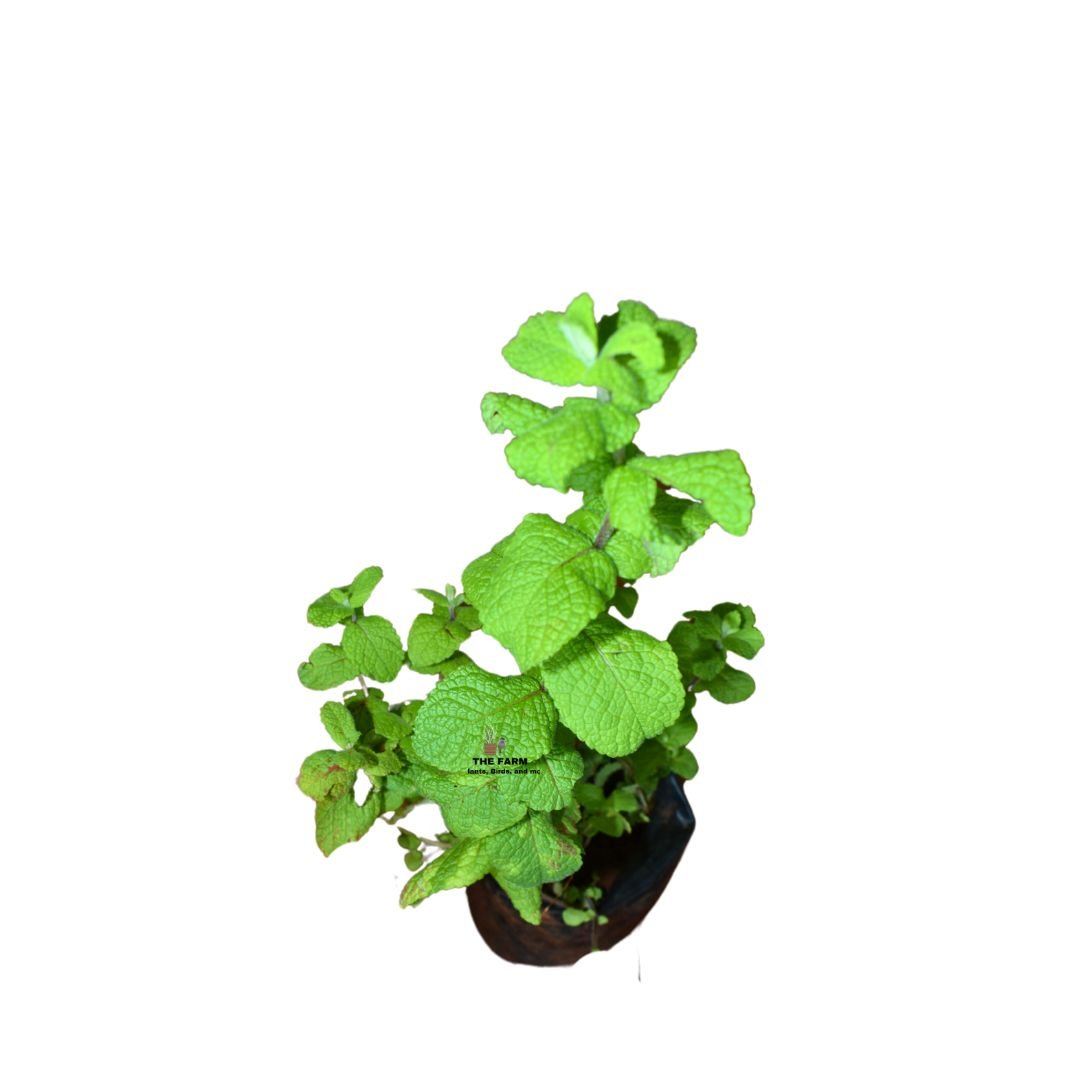
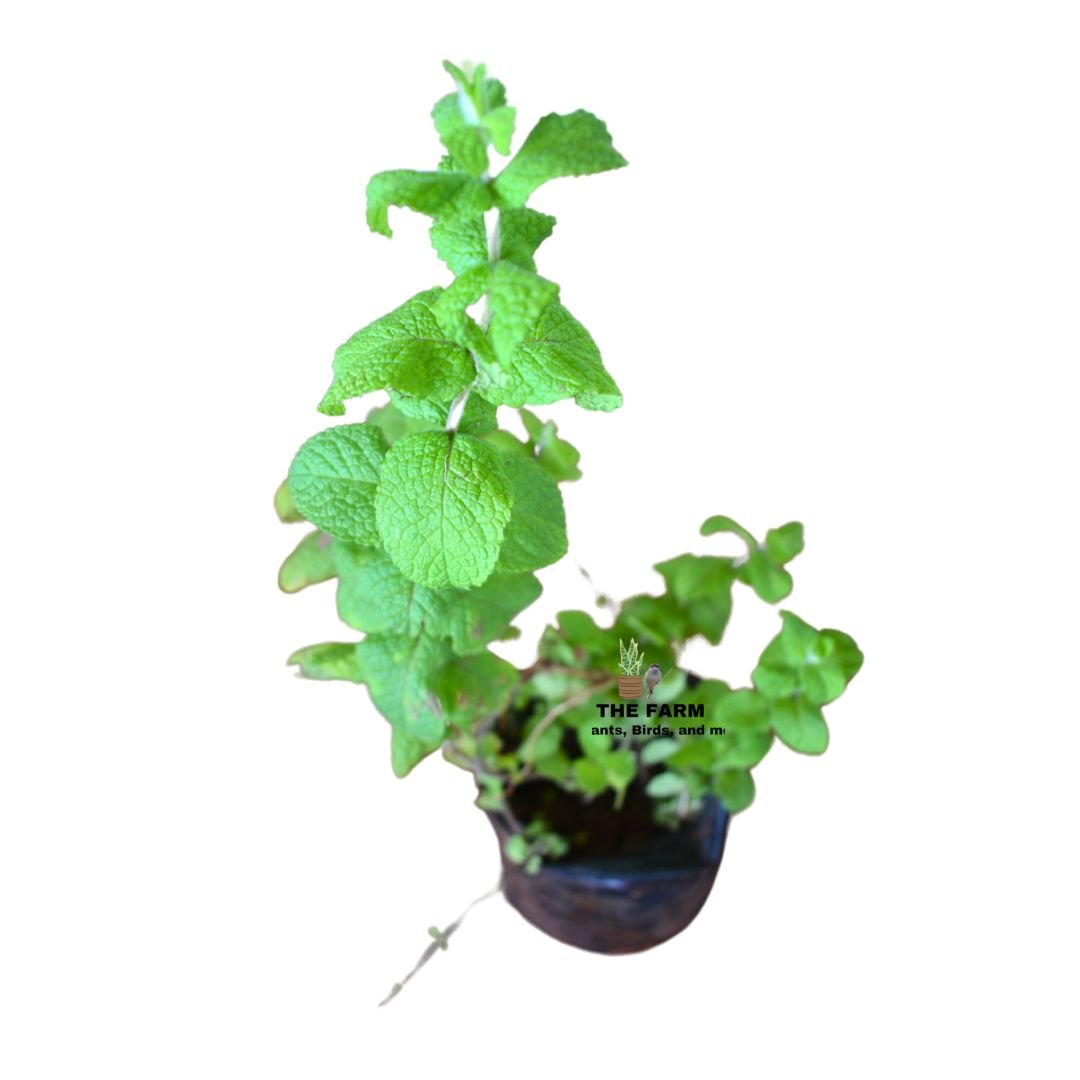
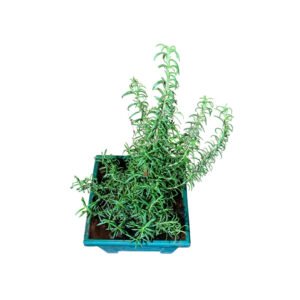
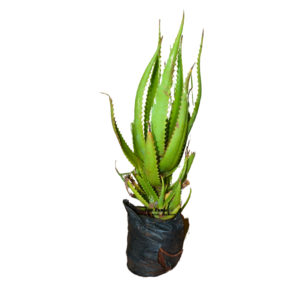
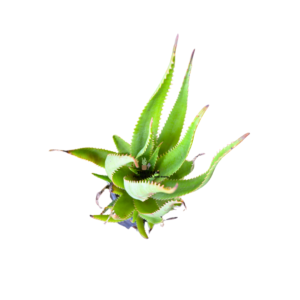
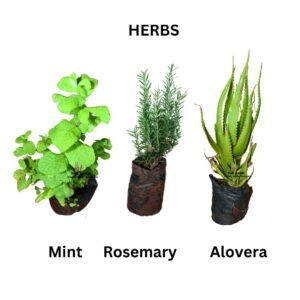
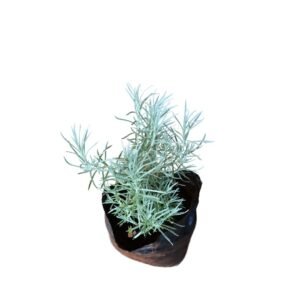

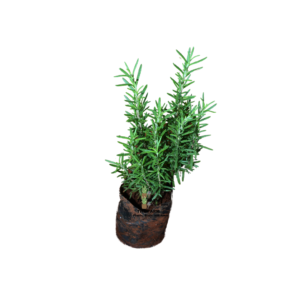
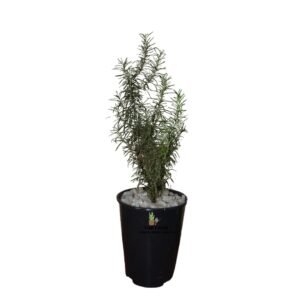
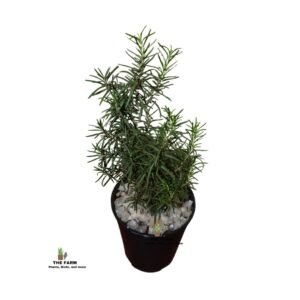
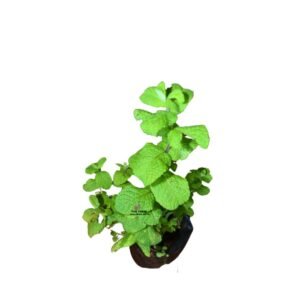
Reviews
There are no reviews yet.